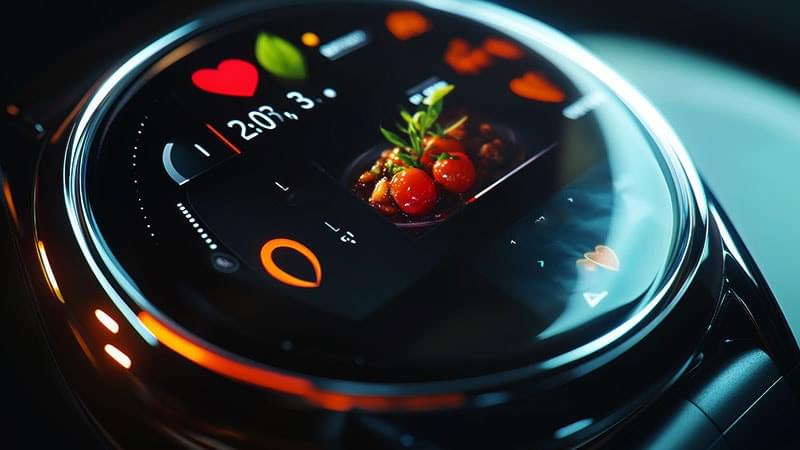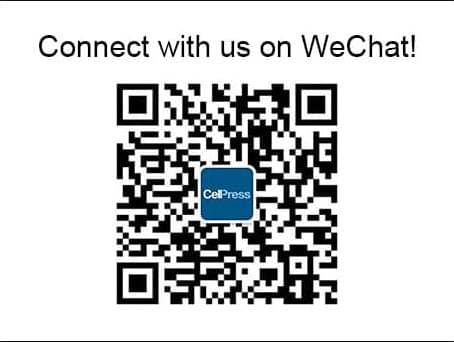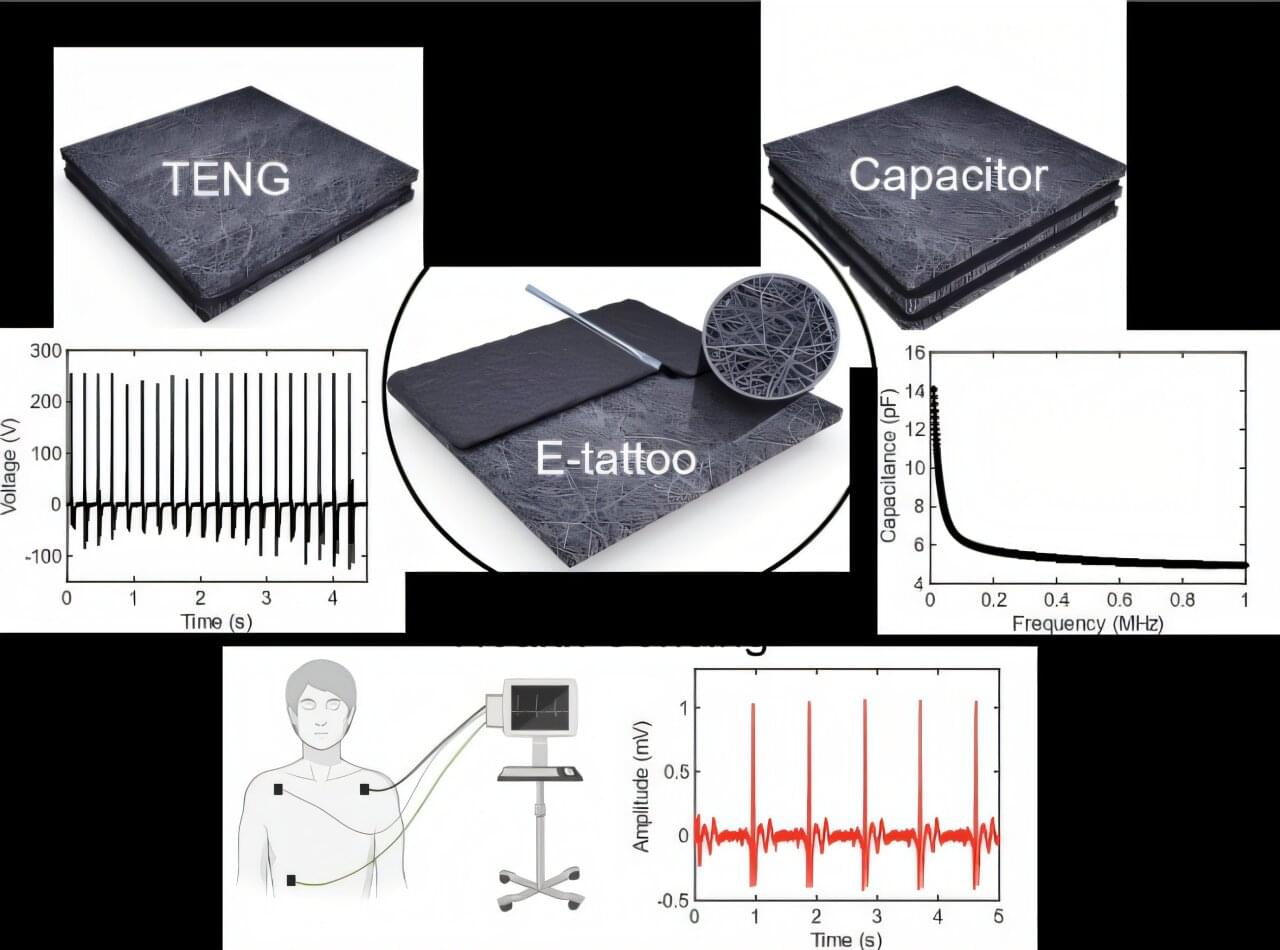As neural-adaptive electronic wearables become more common, they are quietly reshaping technology, cognition, and society.
Category: wearables

Harnessing Wearable Tech in Gastrointestinal Care
Wearable technologies have the potential to transform gastrointestinal care by enabling continuous monitoring of activity in patients with cirrhosis and aiding in the early detection of hepatic encephalopathy. While these innovations provide valuable clinical insights, further efforts are needed to address challenges related to implementation and data management.
Current research into wearable technology in liver disease supports these possibilities. Studies of wrist-worn activity monitors have shown that reduced activity is associated with increased waitlist mortality among liver transplant candidates, as well as increased hospital admissions and mortality in patients with cirrhosis. Other investigations with wearables have linked sleep disturbances to poorer post-liver transplant outcomes and explored skin patches and transdermal sensors for detecting blood alcohol levels and inflammatory markers predictive of outcomes in cirrhosis, Buckholz said.
A major barrier to widespread implementation in clinical practices is the so-called “wearable paradox,” whereby early adopters of wearable technology tend to be relatively healthy, whereas those at highest risk are less likely to already use such devices, Buckholz noted. Increasing access, understanding, and uptake in vulnerable populations will therefore be critical.
Additional challenges include determining how to distill massive volumes of wearable data into concise formats that can be incorporated into electronic medical records (EMRs) and easily communicated to patients.

Developmental Cell
Cancer stem cell plasticity and tumor hierarchy👇
✅Hierarchical tumor organization Tumors are organized in a hierarchical manner, with cancer stem cells (CSCs) positioned at the apex. CSCs possess long-term self-renewal capacity and generate diverse progeny, sustaining tumor growth and cellular heterogeneity.
✅Self-renewal and differentiation CSCs can undergo self-renewal to maintain the stem cell pool or differentiate into multiple cancer cell lineages. These differentiated cells form the bulk of the tumor and display varying functional and phenotypic states.
✅Cell plasticity and dedifferentiation Differentiated cancer cells are not irreversibly committed. Through cellular plasticity, they can dedifferentiate back into CSCs, often via processes such as epithelial–mesenchymal transition (EMT), restoring stem-like properties.
✅Interconversion of CSC states Distinct CSC subpopulations can transition between different stemness states. This dynamic interconversion enhances tumor adaptability and contributes to therapy resistance and disease progression.
✅Biological and clinical relevance The combination of hierarchy and plasticity allows tumors to regenerate after treatment and maintain intratumoral diversity. Targeting both CSCs and the mechanisms that enable plasticity is therefore critical for effective cancer therapy.
💡



MXene-based e-tattoos harvest energy and monitor health in real time
Researchers at Boise State University have developed a breakthrough in wearable electronics: a multifunctional electronic tattoo (e‑tattoo) that integrates energy harvesting, energy storage, and real‑time biometric sensing into a single, skin‑conformal platform.
The innovation leverages electrospun poly(vinyl butyral‑co‑vinyl alcohol‑co‑vinyl acetate) (PVBVA) fibers coated with titanium carbide (Ti₃C₂Tₓ) MXenes, offering a scalable, biocompatible, and durable alternative to conventional wearable devices that often rely on rigid substrates or external gels.
The work is published in the journal Advanced Science.

Transistor ‘design limitation’ actually improves performance, scientists find
What many engineers once saw as a flaw in organic electronics could actually make these devices more stable and reliable, according to new research from the University of Surrey and Joanneum Research Materials.
The paper, which will be presented at the IEEE International Electron Devices Meeting (IEDM) 2025, describes how embracing small energy barriers at the metal/semiconductor interface of organic thin-film transistors (OTFTs) can help them perform more consistently and operate more reliably over time.
Organic thin-film transistors (OTFTs) are a key component of what are thought to be the next generation of flexible and wearable electronics. They are lightweight, low-cost and printable on large areas, but their long-term stability has been a persistent challenge.

From mind-controlling tech to clinical therapy
Researchers at the University of Geneva, together with colleagues in Switzerland, France, the United States and Israel, describe how optogenetic control of brain cells and circuits is already steering both indirect neuromodulatory therapies and first-in-human retinal interventions for blindness, while sketching the practical and ethical conditions needed for wider clinical use.
Optogenetic control uses light to impose temporally precise gain or loss of function in specific cell types, or even individual cells. Selected by location, connections, gene expression or combinations of these features, researchers now have an unprecedented way to investigate the brain within living animals.
Modern experiments range from implanted fiber optics to three-dimensional holographic illumination of defined neuronal ensembles and noninvasive wearable LEDs, with interventions that can run from milliseconds to chronic use and effect sizes that change rapidly with changes in light intensity.

Polarized light boosts accuracy of wearable health sensors for all skin tones
Photoplethysmography (PPG) is an optical sensing technique that measures blood volume changes and underpins devices ranging from hospital-grade pulse oximeters to consumer wearables that track heart rate, sleep, and oxygenation.
Despite its widespread use, PPG accuracy can vary significantly across individuals, particularly by skin tone. Darker skin contains more melanin, which absorbs and scatters light, often leading to less reliable readings. This disparity has been linked to inaccuracies in blood-oxygen measurements among people with more melanin.

Iron-on electronic patches enable easy integration of circuits into fabrics
Iron-on patches can repair clothing or add personal flair to backpacks and hats. And now they could power wearable tech, too. Researchers reporting in ACS Applied Materials & Interfaces have combined liquid metal and a heat-activated adhesive to create an electrically conductive patch that bonds to fabric when heated with a hot iron. In demonstrations, circuits ironed onto a square of fabric lit up LEDs and attached an iron-on microphone to a button-up shirt.
“E-textiles and wearable electronics can enable diverse applications from health care and environmental monitoring to robotics and human-machine interfaces. Our work advances this exciting area by creating iron-on soft electronics that can be rapidly and robustly integrated into a wide range of fabrics,” says Michael D. Bartlett, a researcher at Virginia Tech and corresponding author on the study.